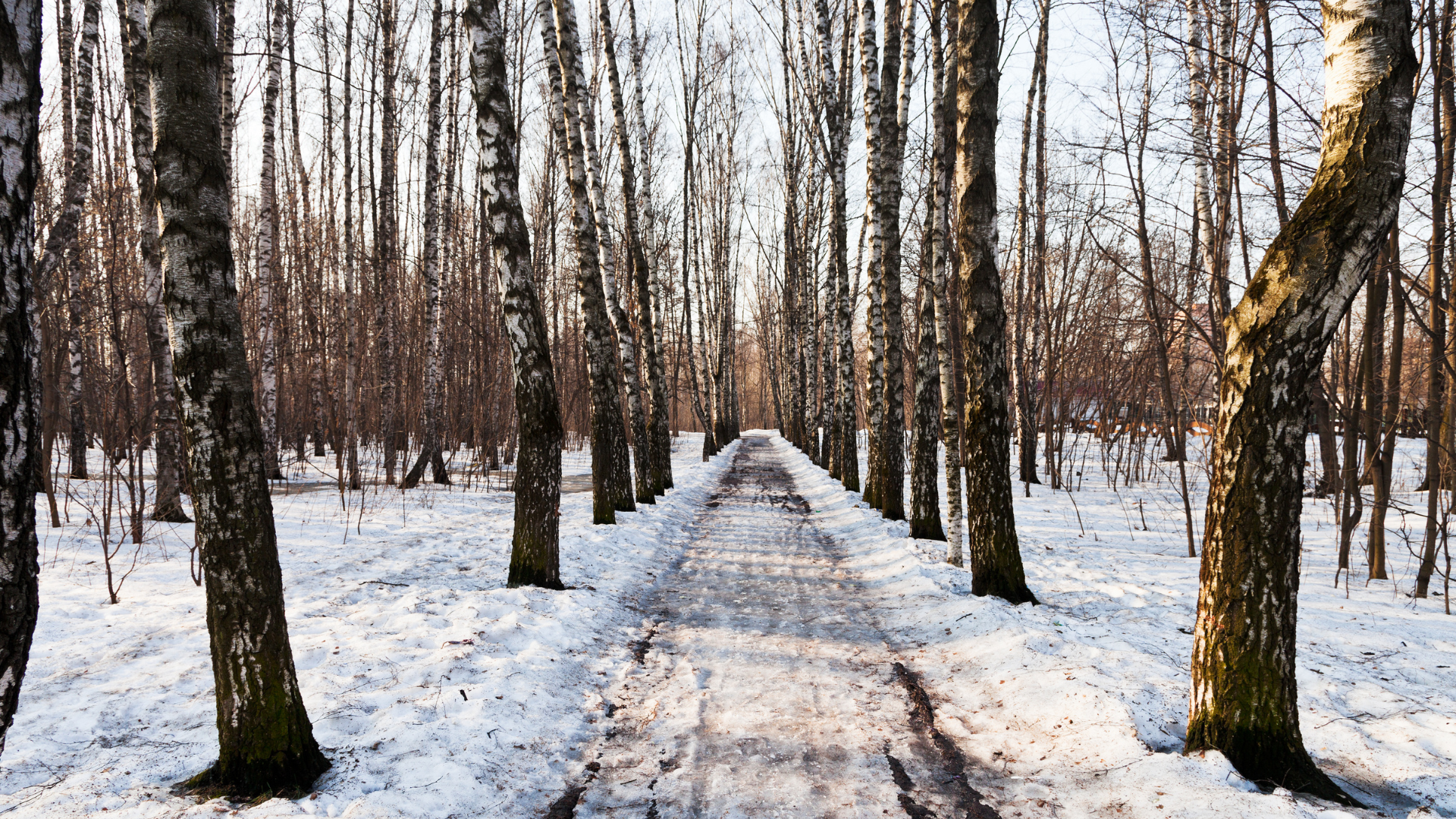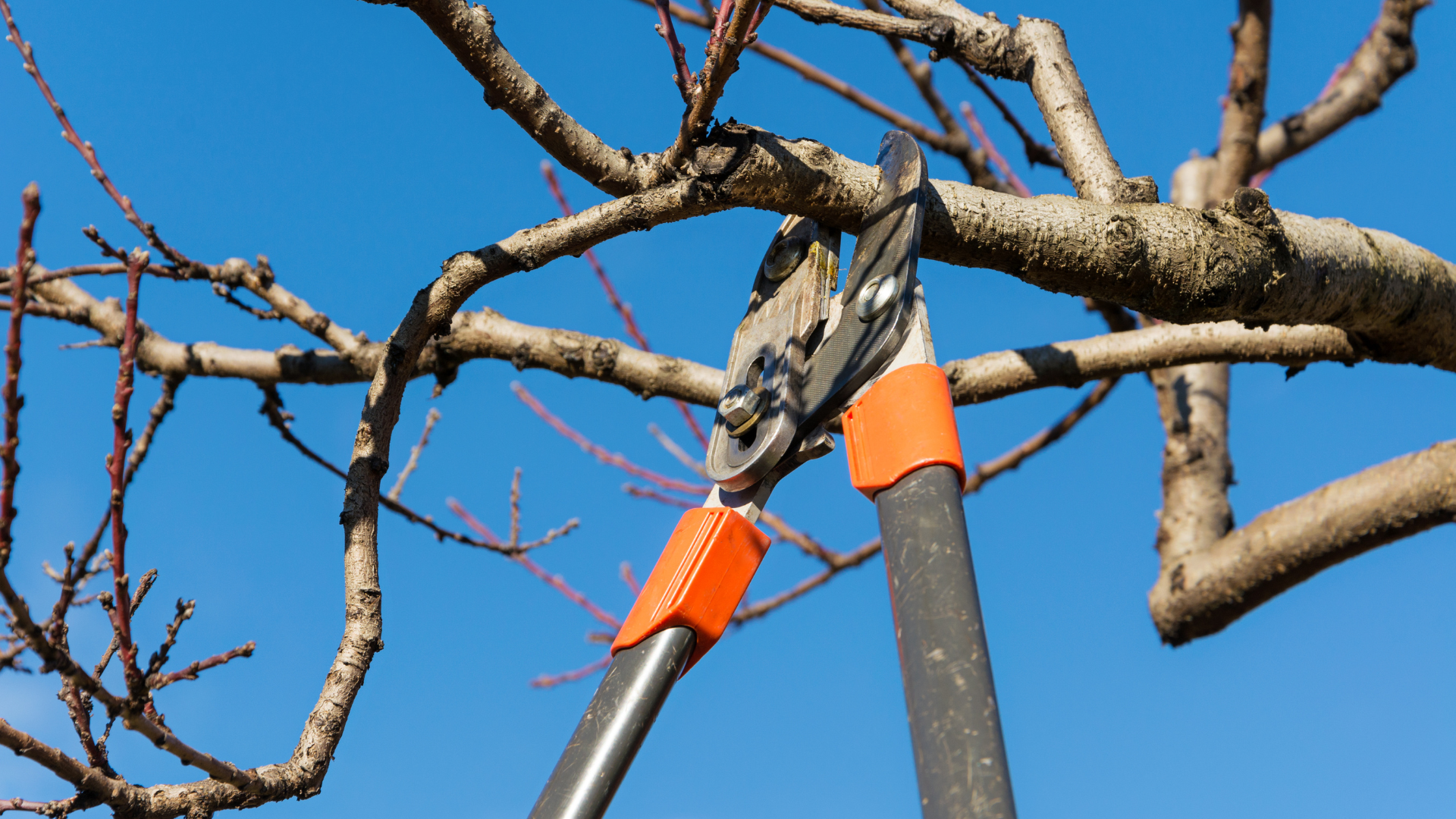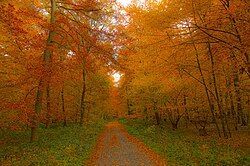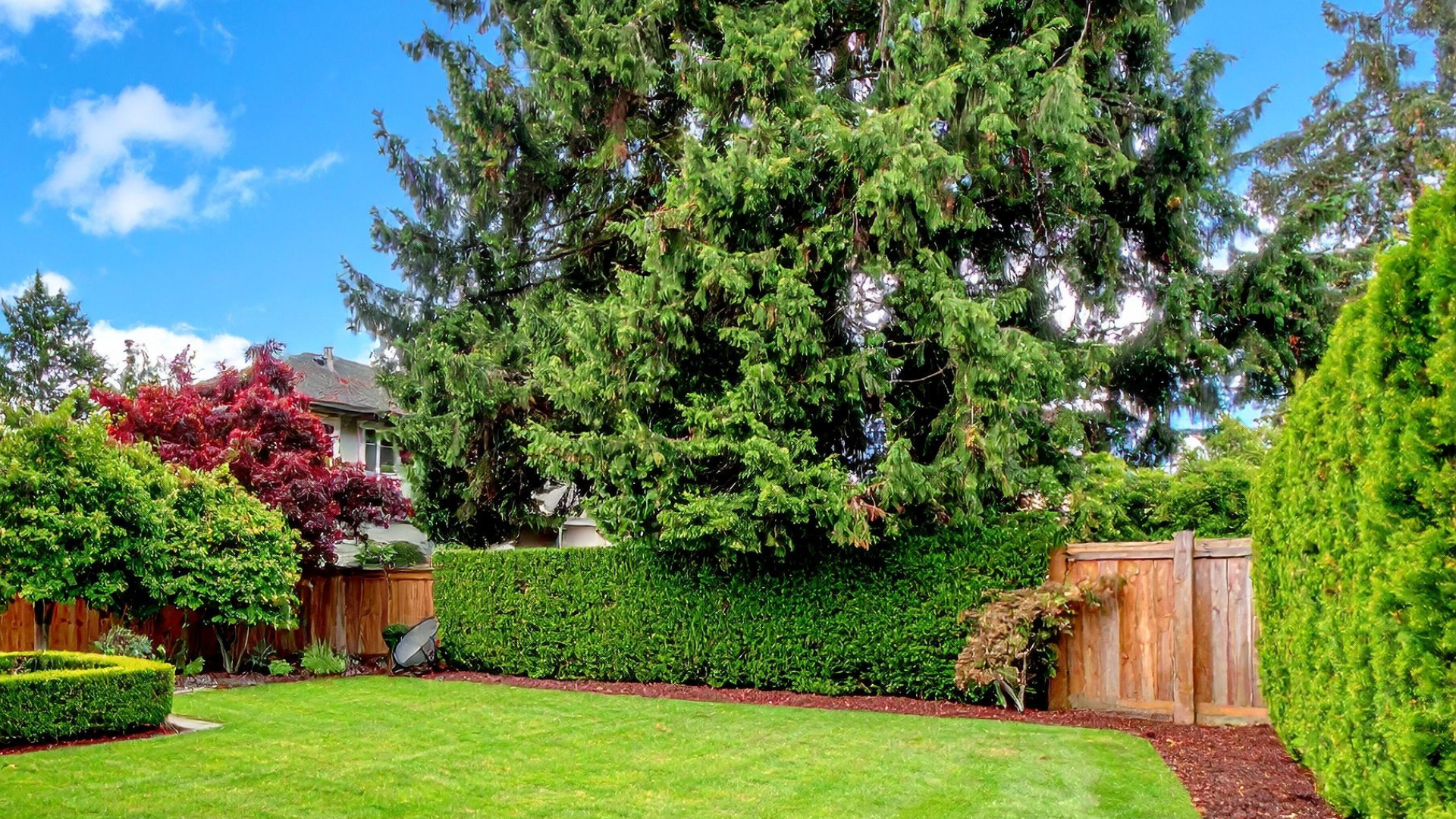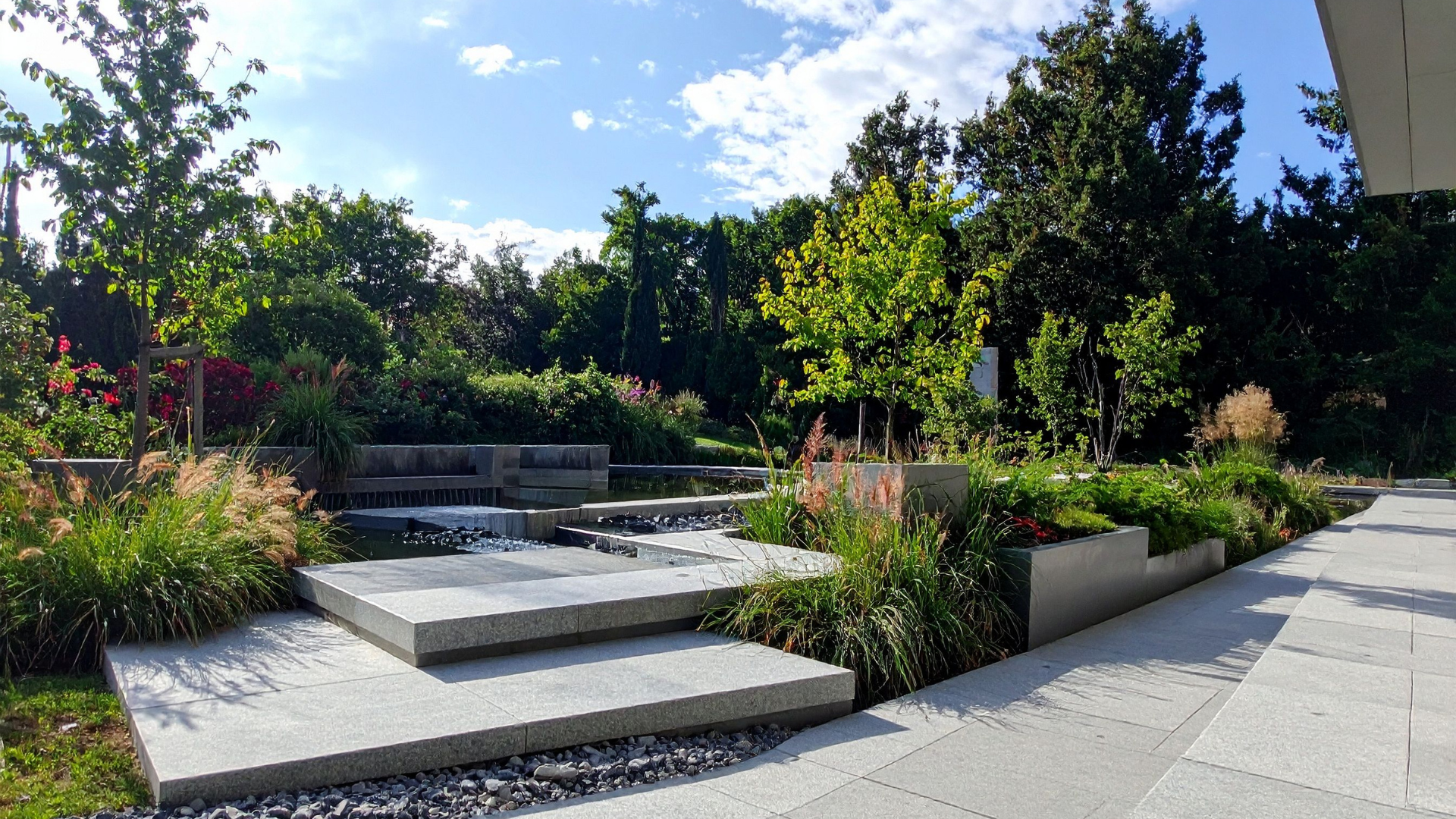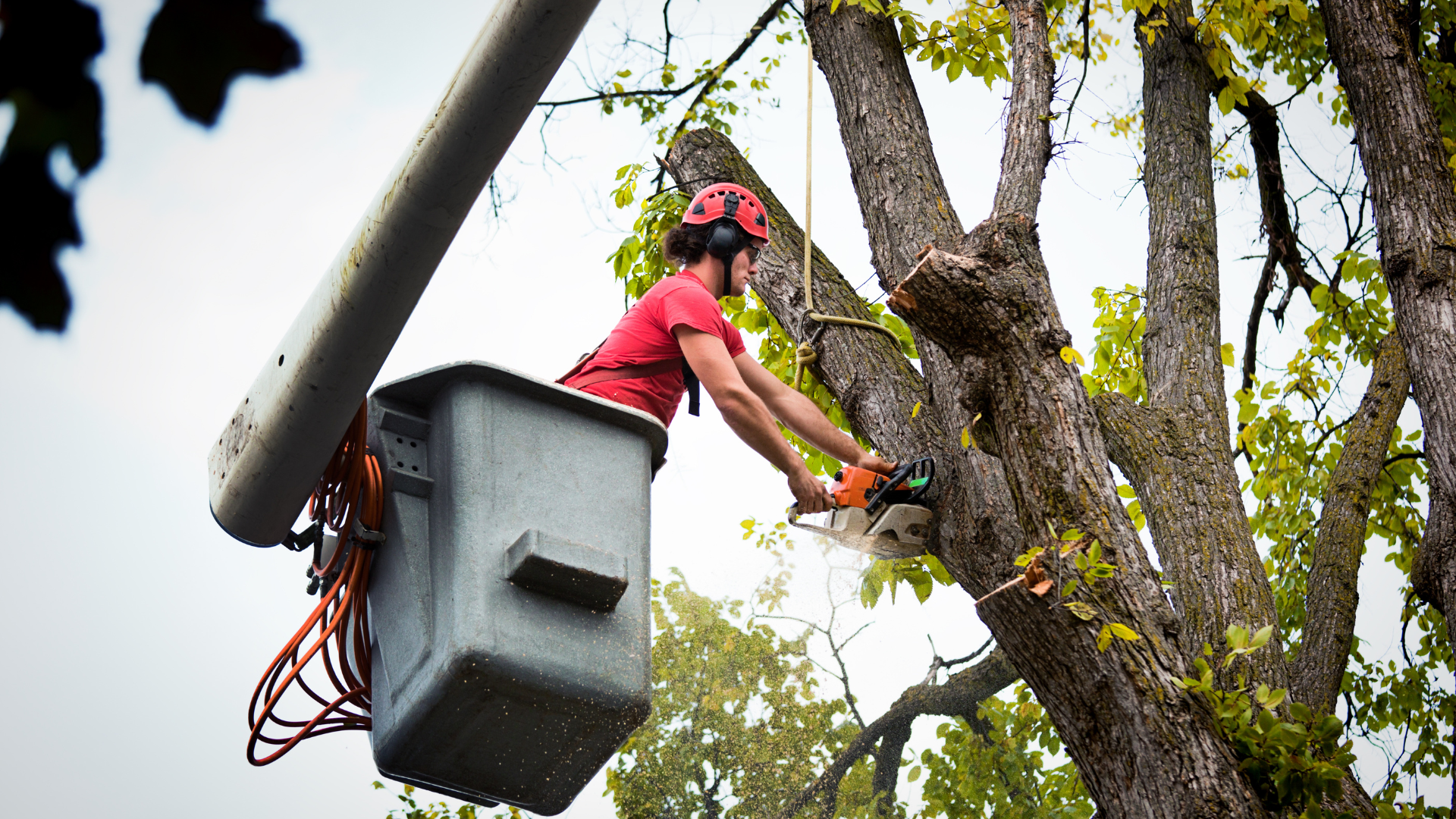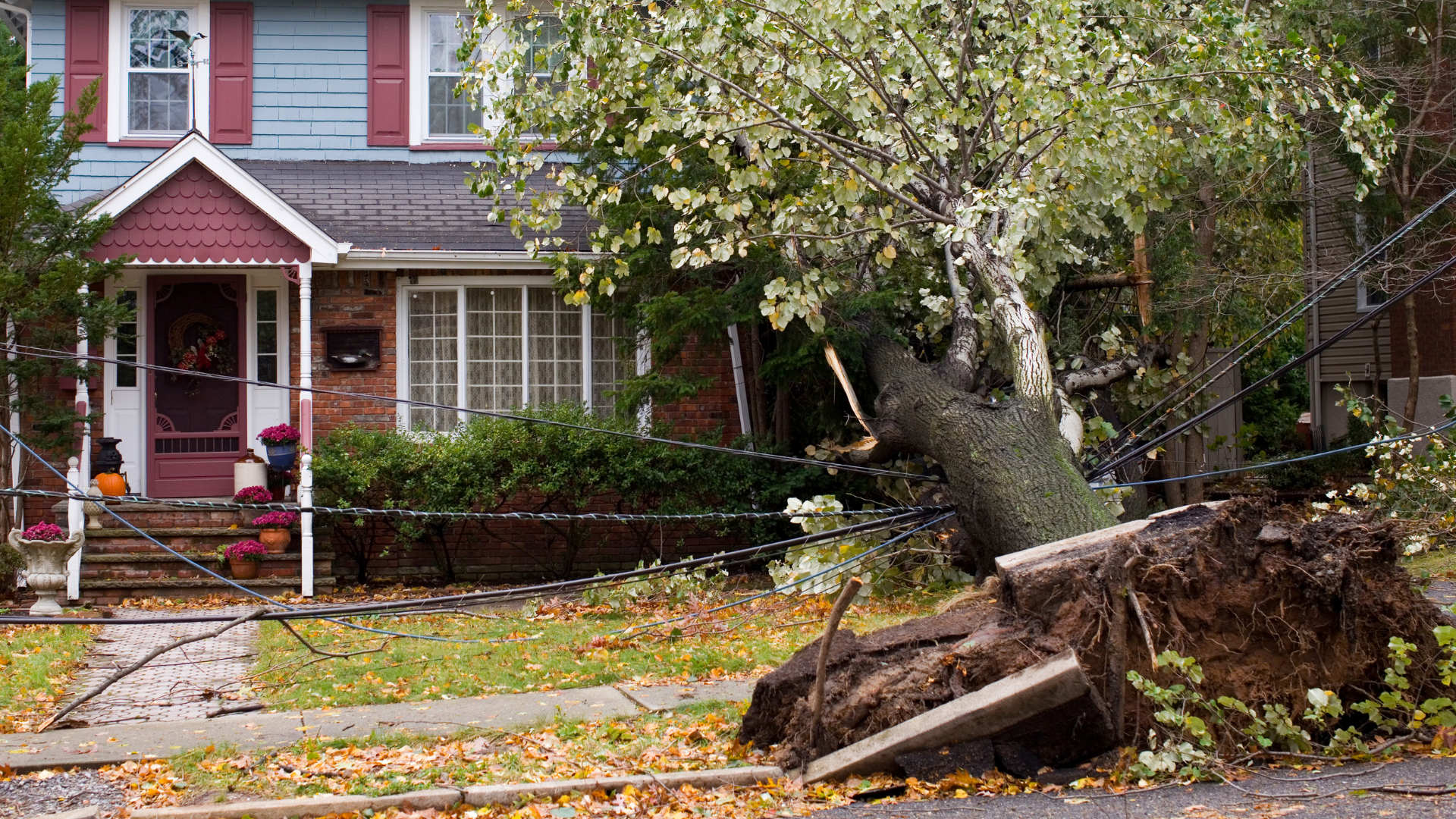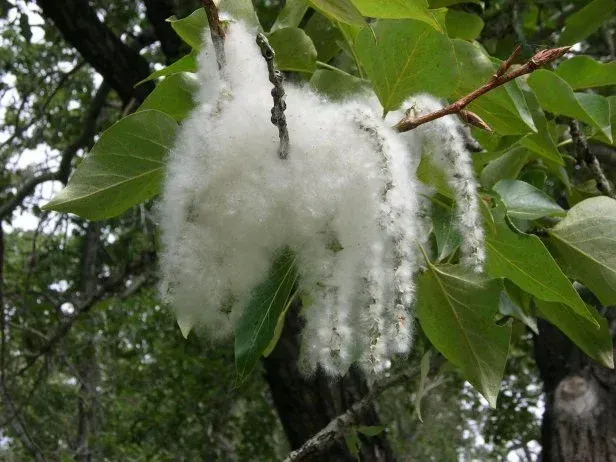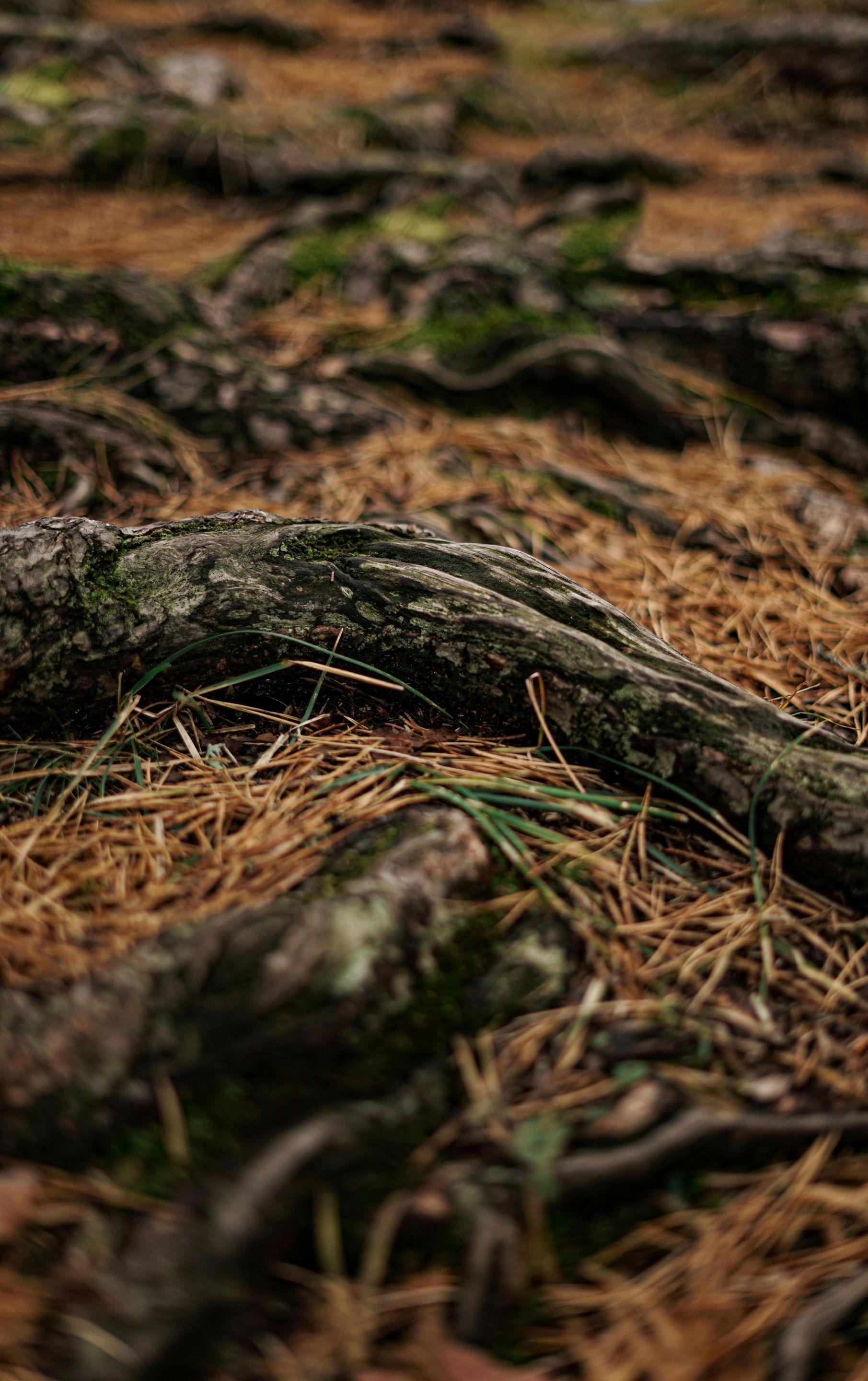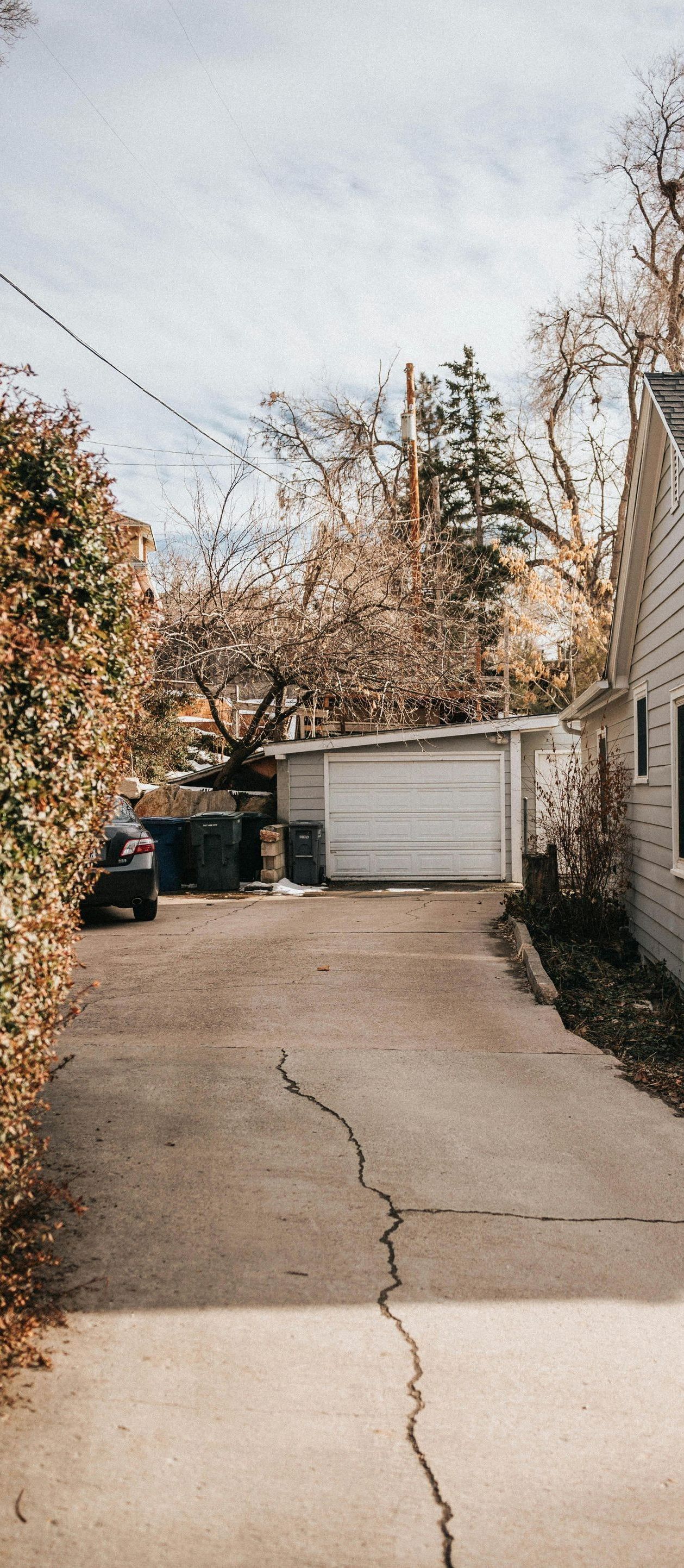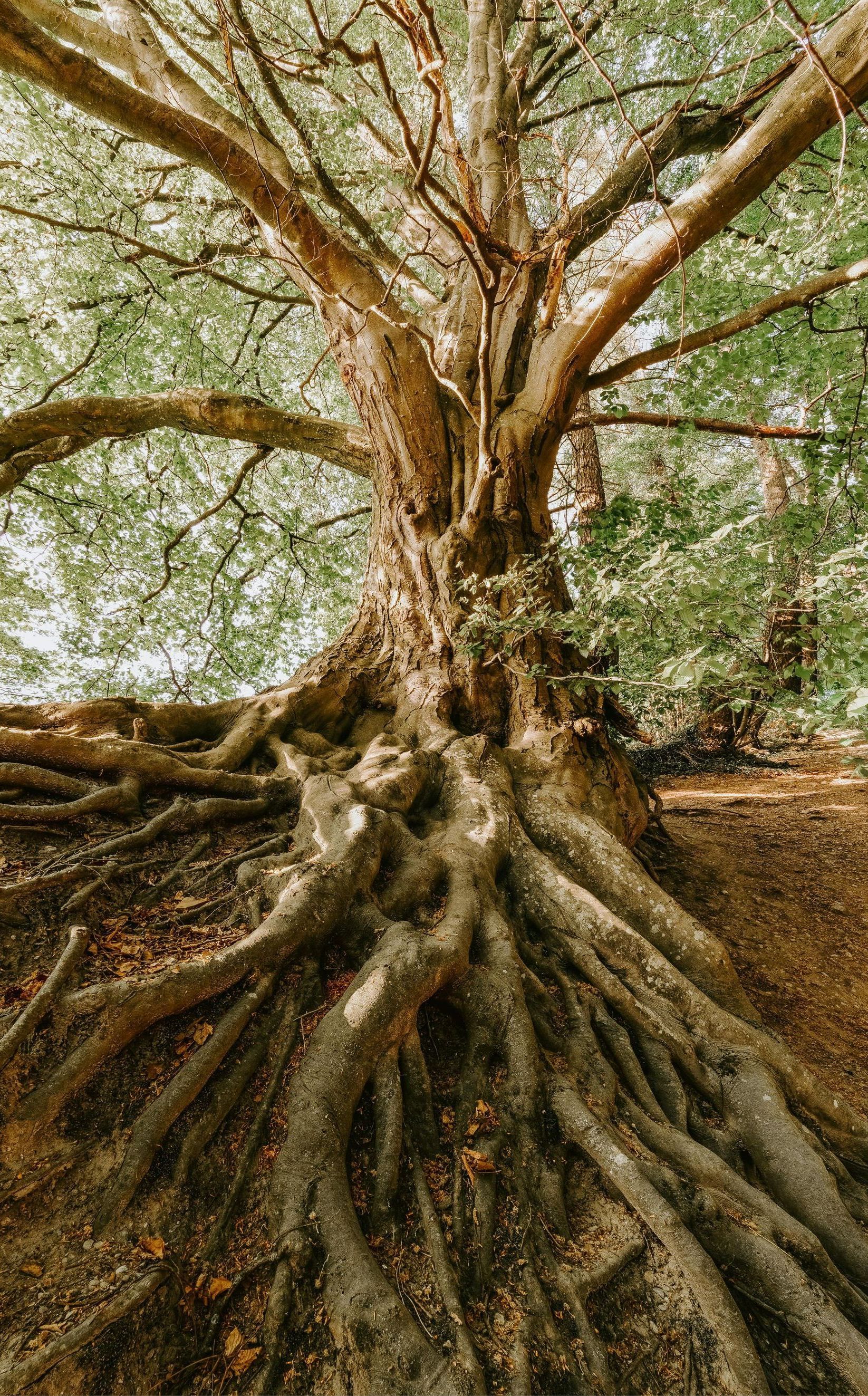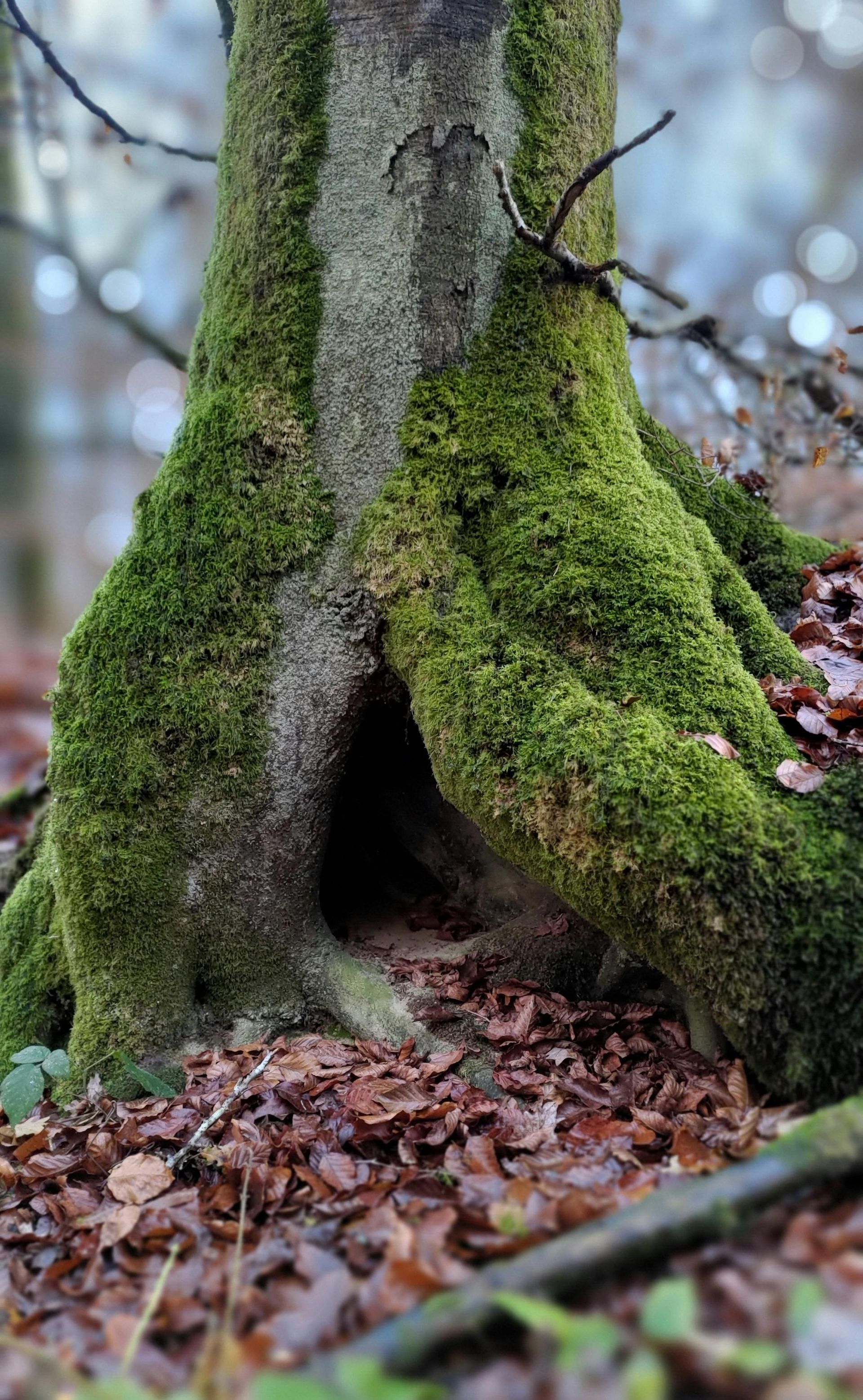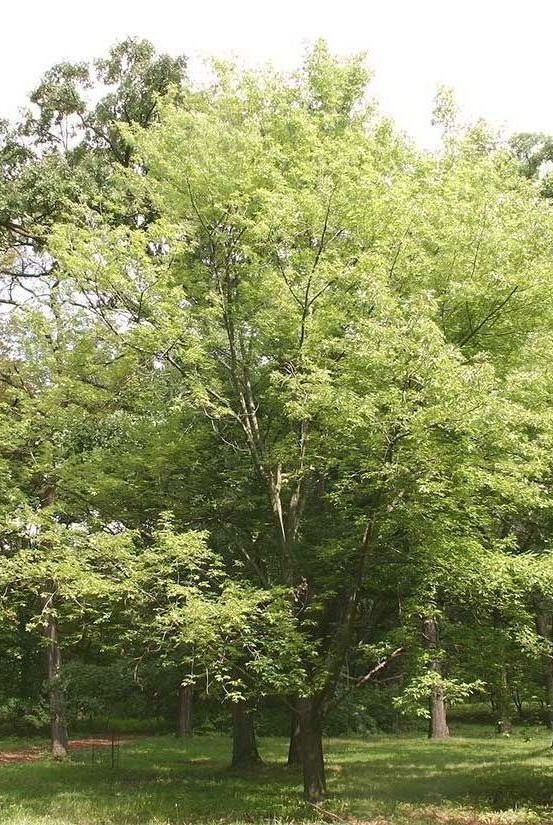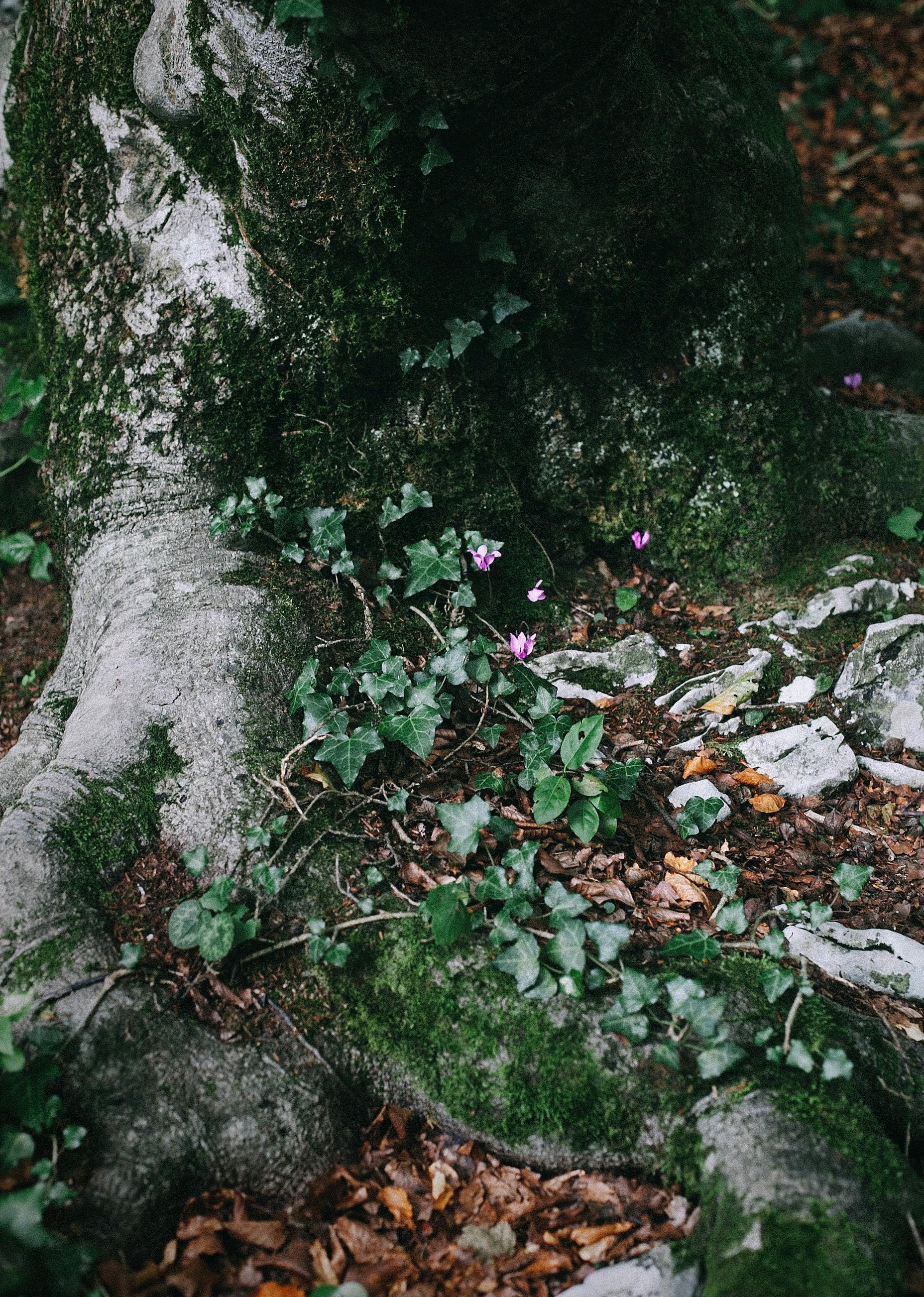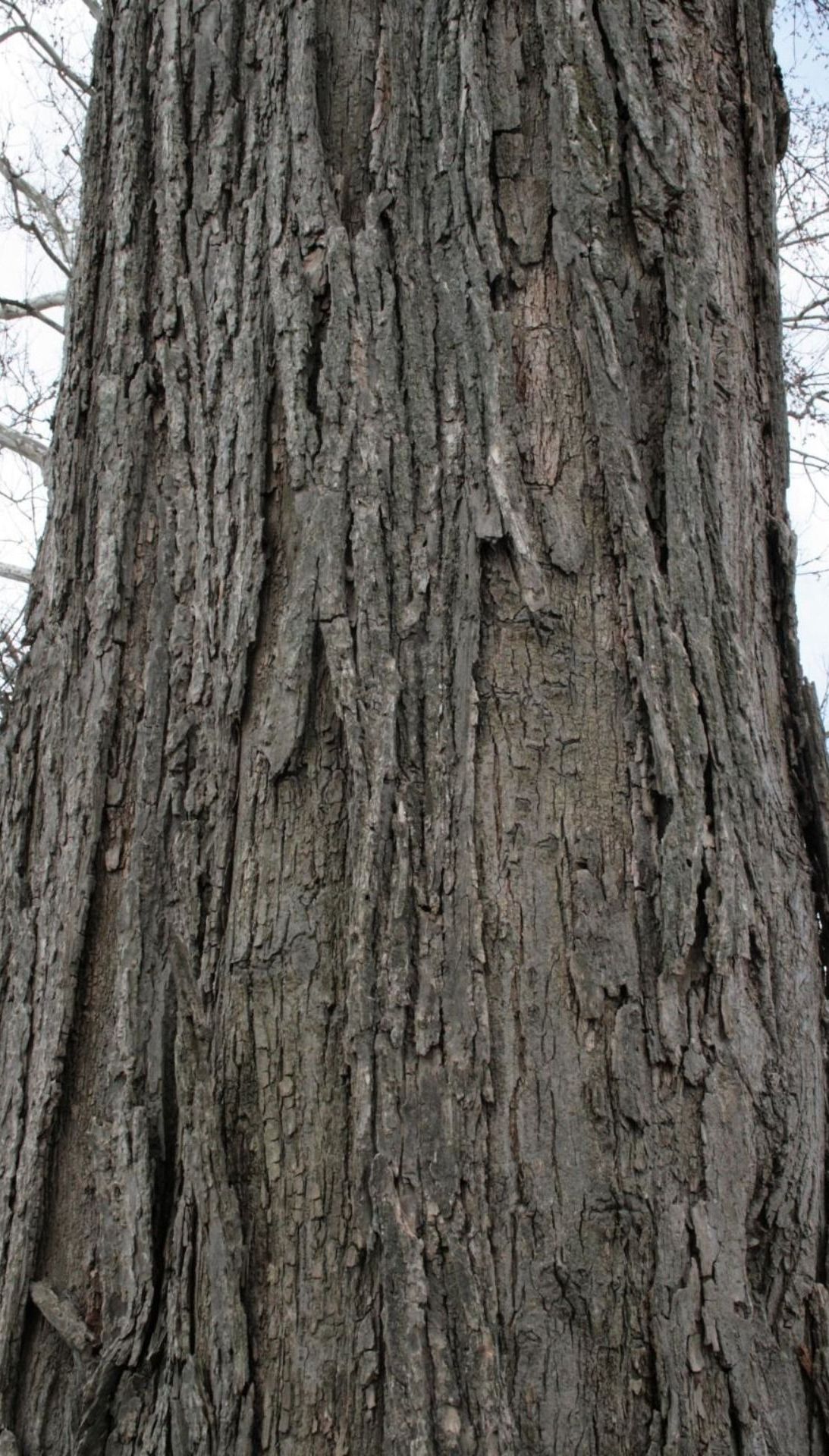How Tree Roots Can Affect Your Foundation and Plumbing
Protecting Your Property from Underground Damage
Trees offer countless benefits: shade, privacy, curb appeal, and cleaner air. But when their roots grow unchecked, they can also become a costly threat to your property. For homeowners in the Midwest, root systems from mature or poorly placed trees can lead to serious damage below ground. Foundations can crack. Pipes can rupture. And what starts as a small root intrusion can quickly grow into a major headache.
At Midwest Tree Surgeons, we understand both the value of mature trees and the importance of protecting your home. Here is what you need to know about invasive roots and how to address them before they cause long-term damage.

How Tree Roots Cause Damage
Tree roots naturally grow toward water and nutrients, which often means your underground plumbing and irrigation systems. They also extend in search of oxygen, making cracks or gaps in your foundation a prime target.
Here are the most common issues caused by root intrusion:
- Cracked or shifting foundations: Roots do not technically “break through” solid concrete, but they can exploit existing weaknesses. Over time, the expanding pressure can worsen foundation cracks, leading to shifting or settling.
- Broken sewer or water lines: Roots can infiltrate small openings in underground pipes, especially older clay or cast-iron systems. Once inside, they grow and block water flow or cause complete pipe collapse.
- Damaged driveways and sidewalks: Surface-level root systems can lift concrete slabs, leading to trip hazards and costly repairs.

Warning Signs to Watch For
Many homeowners miss the early indicators of root-related damage. Keep an eye out for these common warning signs:
- Uneven floors or visible cracks in walls and ceilings
- Slow drains or frequent plumbing backups
- Damp or moldy spots in the basement
- Tree roots visible above ground near the foundation
- Bulging or cracked sidewalks and driveways
These symptoms may not always point directly to root intrusion, but they are red flags worth investigating, especially if there are large, mature trees near your home.
Tree Types to Watch
Some trees are more aggressive than others. Species with fast-growing or wide-spreading root systems can be particularly problematic. In the Midwest, trees that commonly cause root intrusion issues include:
If you have any of these near your house, driveway, or septic system, it is worth consulting with a certified arborist about potential risks.
What You Can Do
1. Consult a Professional Arborist
Do not guess when it comes to root systems. An arborist can assess the health of your trees, evaluate their placement, and determine whether roots pose a structural risk to your home.
2. Consider Strategic Tree Removal
If a tree’s roots have already infiltrated your foundation or pipes, removal may be the most cost-effective option. At Midwest Tree Surgeons, we remove hazardous trees safely and cleanly, minimizing disruption while preventing future damage.

3. Root Barrier Installation
In cases where you want to preserve a tree but protect your home, root barriers can redirect growth away from foundations and utilities. These are best installed by professionals to ensure they are properly placed and do not harm the tree.
4. Regular Monitoring
Older homes with mature trees should be inspected regularly. Preventative assessments by an arborist can catch problems early and recommend action before damage occurs.
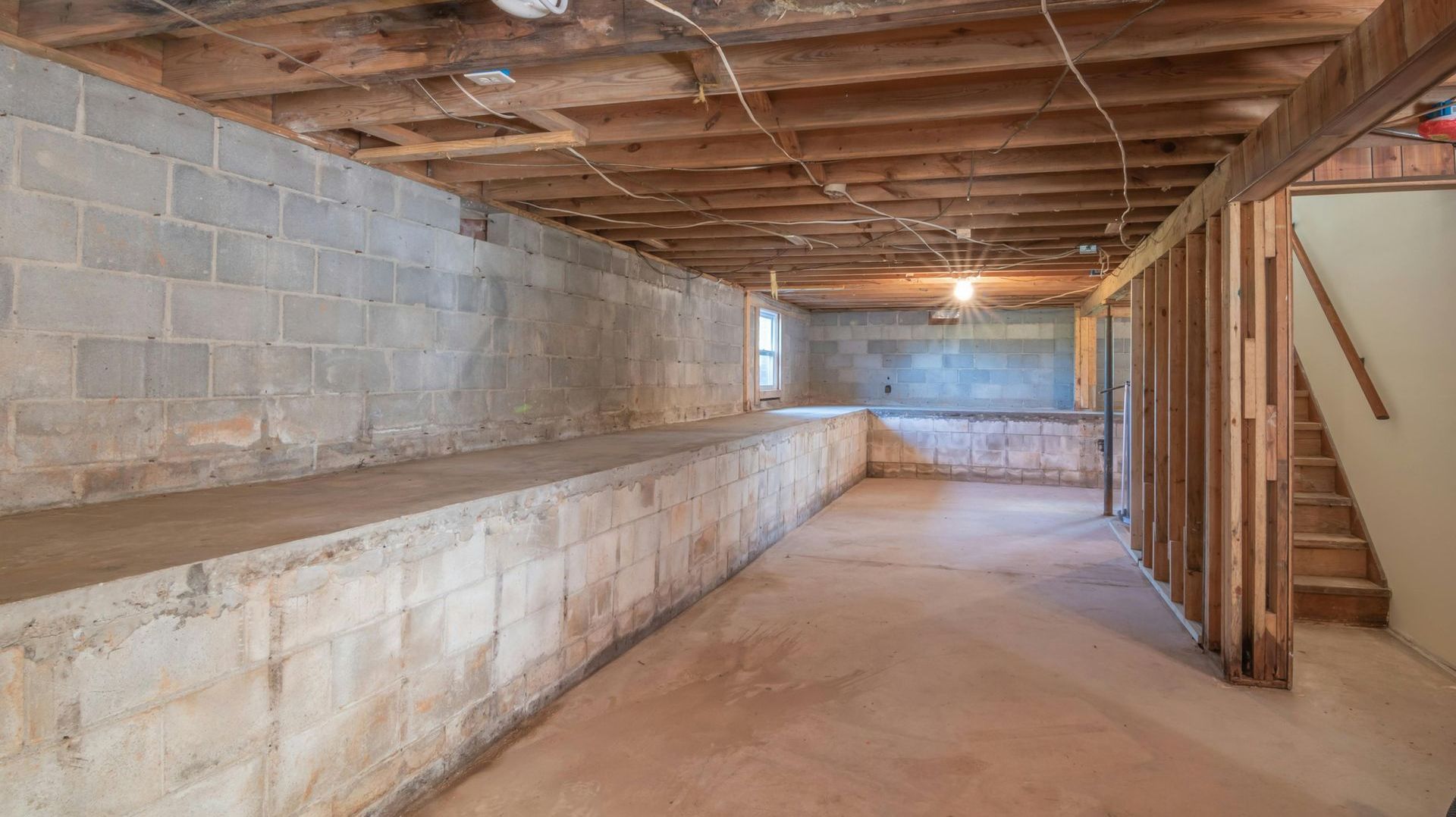
Protect Your Property Without Sacrificing Tree Health
It is entirely possible to balance tree preservation with home protection if you act early and make informed decisions. Ignoring invasive roots can lead to thousands of dollars in repairs and, in extreme cases, structural instability.
At Midwest Tree Surgeons, we specialize in identifying and resolving root-related issues. Whether you need professional guidance, root pruning, or safe tree removal, our team is here to help.
Do not wait for cracks or plumbing backups to tell you something is wrong. Schedule a consultation today and protect your property from the ground up.
